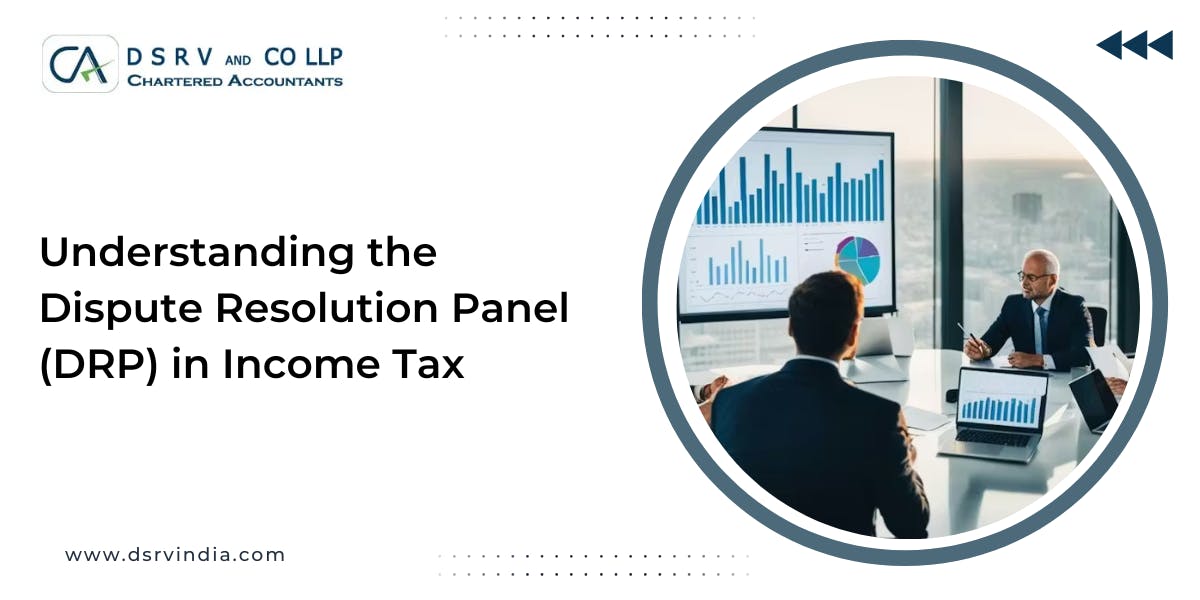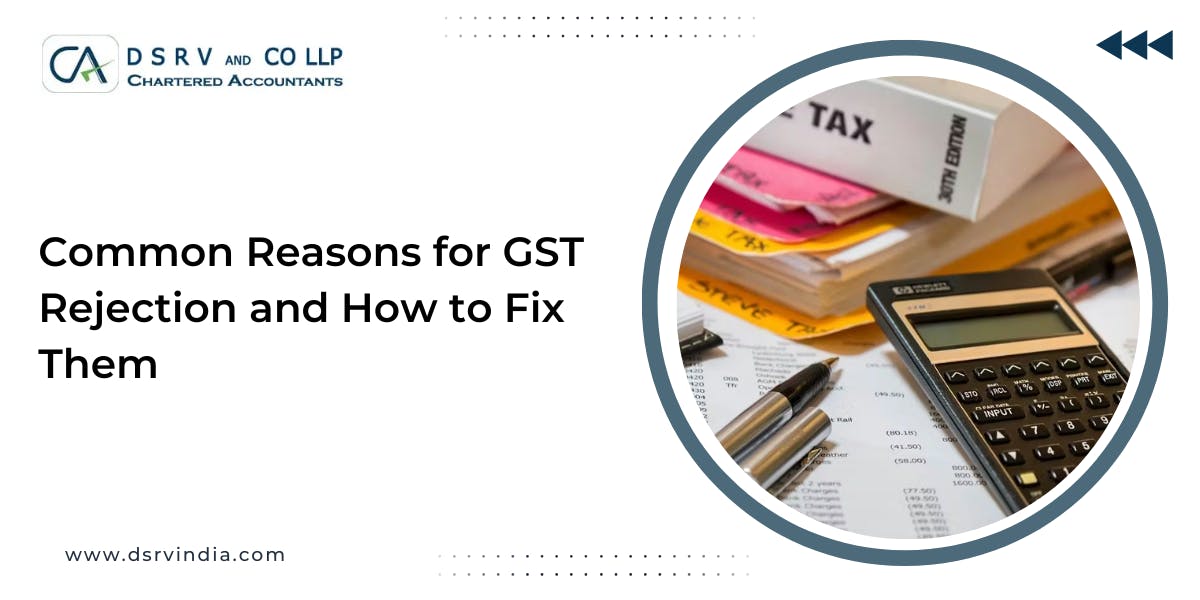How Does the DRP Work Under Section 144C?
Let’s walk through the stages of DRP.
Step 1: Draft Assessment Order by the Assessing Officer
In cases covered by Section 144C:
- The assessing officer shall not immediately pass a final order.
- Instead, the officer prepares a draft assessment order (sometimes called the proposed order of assessment).
This draft may include:
- Proposed variation or issue in income
- Additions based on TPO findings
- Disallowance of expenses
- Other tax adjustments and tax liability
The draft order is forwarded to the eligible assessee. This is a crucial stage the clock starts ticking here.
To understand how Transfer Pricing Officers determine pricing adjustments, you can read our detailed guide on Transfer Pricing Methods which explains each method used in TP examinations
Step 2: Filing Objections Before the DRP
Once the assessee receives the draft:
- They have the option to file objections with the DRP and the assessing officer.
- The time limit is generally one month from the end of the month in which the draft is served.
If no objections are filed:
- The assessing officer can pass the assessment order on the basis of the draft, in line with tax laws.
If objections are filed:
- The matter moves to the Dispute Resolution Panel for enquiry and passing of directions.
Step 3: Enquiry, Hearing and Directions of the DRP
Once the DRP receives the objections:
- The panel may conduct an enquiry.
- The panel shall give the assessee an opportunity of being heard.
- It may also seek reports from the assessing officer, the Transfer Pricing Officer, or other income-tax authorities.
After considering:
- Objections of the assessee
- Draft assessment
- Reports and transfer pricing findings
- Relevant tax laws and case law
…the DRP is required to issue written directions (the directions of the DRP) for the guidance of the assessing officer.
The DRP can:
- Confirm the variations proposed in the draft
- Reduce or enhance the variations proposed in the draft order
- Set aside any proposed variation
- Issue any direction as it thinks fit for resolution of disputes
These DRP directions are a central part of the mechanism for resolving disputes related to transfer pricing and other complex issues.
Step 4: Passing of Final Assessment Order
After receipt of the directions:
- The assessing officer within the prescribed time must pass an assessment order in conformity with the directions.
- The order is passed in accordance with such directions, and the assessing officer shall not deviate from them.
In other words:
- DRP directions are binding and binding on the assessing officer.
- The order passed by the assessing officer is effectively shaped by the direction issued by the DRP.
This final order can then be challenged by the assessee through an appeal before the ITAT (Income Tax Appellate Tribunal).









